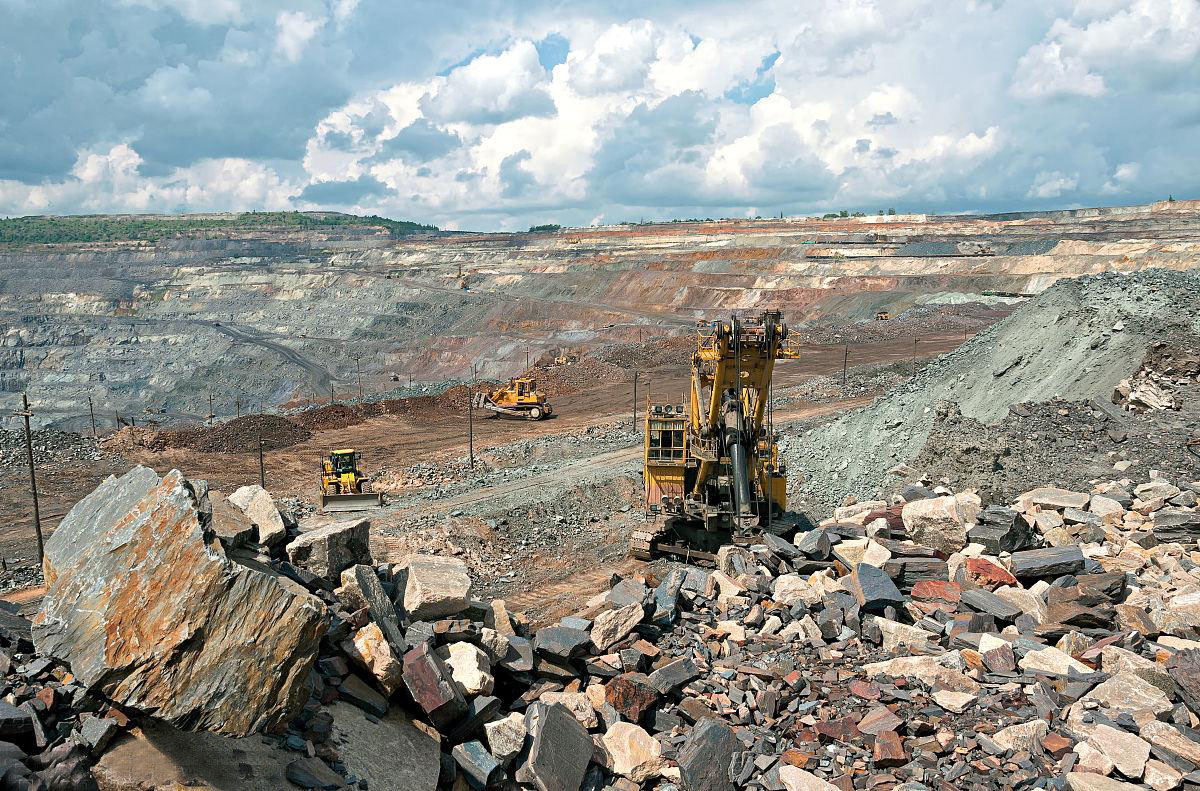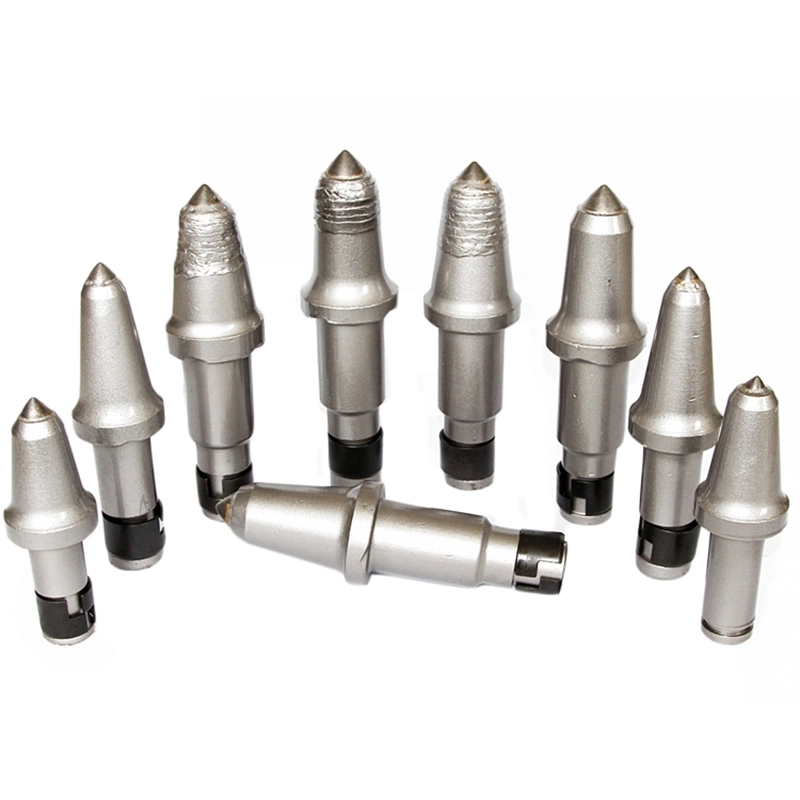Applications

1. Coal cutting teeth are widely applied to mechanical equipment used in coal mines. They are used to cut, break, and extract coal efficiently. These teeth effectively extract coal from coal beds, facilitating subsequent processing and transportation.
2. Coal cutting teeth can also find applications in tunnel construction. They are used to cut and break rocks, soil, and other materials, aiding in tunnel excavation and construction.
3. Similar to their use in coal mining, coal cutting teeth can be employed in rock quarries and other rock excavation operations to cut and break hard rocks.
Characteristics
1. Coal cutting teeth need to exhibit high abrasion resistance since they encounter highly abrasive materials such as coal, rocks, and soil during the mining process. Teeth with good abrasion resistance have longer lifespans and lower replacement frequency.
2. Coal cutting teeth require adequate hardness and strength to resist deformation or fracture during cutting and breaking processes.
3. The design and shape of the cutting teeth can influence their cutting performance. Well-designed cutting teeth can enhance cutting efficiency and effectiveness while reducing energy consumption.
4. Stable tooth structures can maintain normal operation under high-stress conditions, reducing the risk of damage.
Due to the susceptibility of coal cutting teeth to wear, a design that facilitates easy replacement can reduce equipment downtime and enhance production efficiency.
Coal cutting teeth operate in various geological conditions in different coal mines. Hence, excellent cutting teeth should be adaptable to diverse geological factors, such as hardness and humidity.
In summary, coal cutting teeth play a crucial role in coal mining and related operations. Their features, including abrasion resistance, hardness, and cutting performance, directly impact mining efficiency and safety. Different types of coal cutting teeth are suitable for varying work environments and requirements. Continuous research and innovation contribute to advancing coal mining technology.

Material Information
| Grades | Density(g/cm³)±0.1 | Hardness(HRA)±1.0 | Cobalt(%)±0.5 | TRS(MPa) | Recommended Application |
| KD254 | 14.65 | 86.5 | 2500 | Be suitable for tunnel excavation in soft rock layers and for mining coal seams containing coal gangue. Its main feature is good wear resistance and a long service life. This implies that it can maintain good performance in the face of abrasion and friction, making it suitable for handling soft rock and coal gangue materials. | |
| KD205 | 14.7 | 86 | 2500 | Used for coal mining and hard rock drilling. It's described as having excellent impact toughness and resistance to thermal fatigue. and can maintain strong performance when dealing with impacts and high temperatures, making it suitable for challenging environments like coal mines and hard rock formations. | |
| KD128 | 14.8 | 86 | 2300 | Possesses superior impact toughness and resistance to thermal fatigue, mainly applied in tunnel excavation and iron ore mining. while being able to withstand impacts and high temperatures. |
Product Specification
| Type | Dimensions |
 |
||
| Diameter (mm) | Height (mm) | |||
 |
SMJ1621 | 16 | 21 | |
| SMJ1824 | 18 | 24 | ||
| SMJ1925 | 19 | 25 | ||
| SMJ2026 | 20 | 26 | ||
| SMJ2127 | 21 | 27 | ||
| Able to customize according to size and shape requirement | ||||
| Type | Dimensions | |||
| Diameter (mm) | Height (mm) | Cylinder Height (mm) | ||
 |
SM181022 | 18 | 10 | 22 |
| SM201526 | 20 | 15 | 26 | |
| SM221437 | 22 | 14 | 37 | |
| SM302633 | 30 | 26 | 33 | |
| SM402253 | 40 | 22 | 53 | |
| Able to customize according to size and shape requirement | ||||
| Type | Dimensions | ||
| Diameter (mm) | Height (mm) | ||
 |
SMJ1621MZ | 16 | 21 |
| SMJ1824MZ | 18 | 24 | |
| SMJ1925MZ | 19 | 25 | |
| SMJ2026MZ | 20 | 26 | |
| SMJ2127MZ | 21 | 27 | |
| Able to customize according to size and shape requirement | |||


















